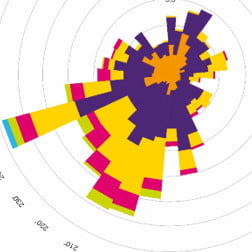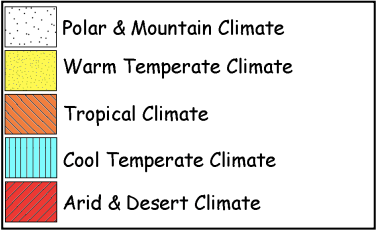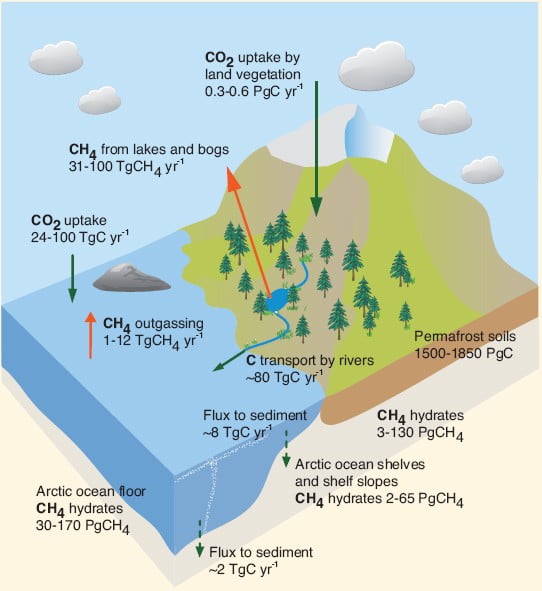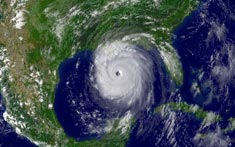Weather and Climate: a Teachers’ Guide
Pathway: Basic Weather, Climate
Weather in our Lives – Weather Measurements – Weather and Climate – Atmospheric and Oceanic Circulation
Lesson overview: In this lesson we look at the pattern of circulation of the atmosphere and oceans, driven by the Sun.
What makes the whole atmosphere rotate and move? What gives us defined areas where it is generally dry or rainy, warm or cold, high pressure or low pressure? The answer to all these questions ultimately lies in the fact that we live on a spherical rotating planet, at some distance from the Sun. The incident energy from the Sun is unequally distributed between the Tropics and the Poles, with the precise patterns changing through the year. The Earth’s atmosphere and oceans are in constant motion to redistribute heat. Although temperature differences ultimately drive this, the patterns of circulation are influenced by the planet’s rotation and topography.
Learning objectives:
- To understand why different parts of the world receive different amounts of energy from the Sun.
- To understand how that difference in energy received by the Earth causes air and ocean water to move from equatorial regions to the poles.
- To be able to describe key features of how the air and water move around the globe.
Key Teaching Resources
Atmospheric and Oceanic Circulation PowerPoint
Atmospheric and Oceanic Circulation PowerPoint (easier)
Atmospheric Circulation Worksheet
Atmospheric Circulation Worksheet (easier)
Atmospheric Circulation Homework
Board Game
Teacher CPD/ Extended Reading
Global Atmospheric and Oceanic Circulation – More for Teachers
Alternative or Extension Resources
Rubber Ducks – An Unexpected Journey – Explore what the dispersion of a cargo of rubber ducks tells us about the ocean circulation.







